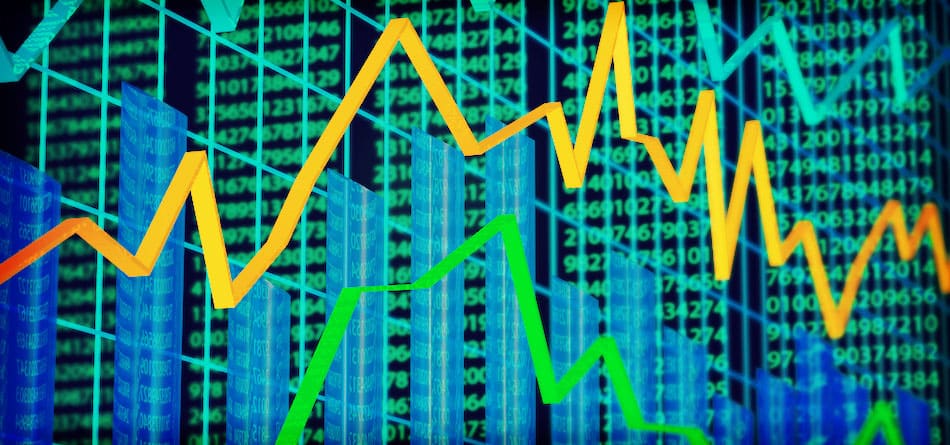
The World Federation of Exchanges (“The WFE”), the global industry group for exchanges and CCPs, published a new research paper titled “Circuit breakers and market quality,” which studies their effectiveness during times of volatility and market stress.
In March 2020, the U.S. security market experienced heightened volatility induced by the COVID-19 pandemic, and market-wide circuit breakers were triggered on four occasions. Using high-frequency intraday trade and quote data, WFE Research investigated the market conditions around these trading halts, seeking to shed light on the effectiveness of circuit breakers.
The research found that, on average, stock returns stabilize, selling pressure resolves, and prices become more informative after trading resumes from the market-wide trading halts. The paper also provides evidence that traders tend to hold back from aggressive trading right before the trading halts, which is inconsistent with the circuit breakers causing panic, the so-called magnet effect.
Highlights:
- Using a sample of stocks around the S&P500 index cutoff, WFE Research analyzed how market quality measures, including stock returns, volatility, spread-based measures, order imbalance, and market microstructure measures, evolve around market-wide trading halts.
- Comparing these measures before and after the Market Wide Circuit Breakers (MWCBs), WFE Research found that, in general, the market condition improves significantly after the trading halt.
- Investigating the evolution of the market conditions leading to the MWCBs, WFE Research also found evidence inconsistent with the presence of magnet effects.
- WFE Research complemented the analysis by comparing the effects on S&P500 firms with non-S&P500. The research found no significant differences in the effects of the MWCBs between the stocks at the bottom of the S&P500 index and those just outside the market index, suggesting that index membership or index funds do not have additional impacts on market quality during MWCBs.
- In addition, comparing the effects of MWCBs with single stock circuit breakers, WFE Research found that liquidity suppliers tend to become more reluctant to provide liquidity after MWCBs than after the single stock halts.
Dr Pedro Gurrola-Perez, Head of WFE Research & one of the authors of the paper said: “In our study of circuit breakers published last year, WFE Research described the different safeguarding mechanisms that exchanges use to ensure market quality. In this new research paper, we now study their impact from a market microstructure perspective. While exchanges around the world calibrate their safeguarding mechanisms according to the characteristics of their markets, our results contribute to our overall understanding of these mechanisms by providing empirical evidence of their effectiveness in the case of the U.S. markets.
Nandini Sukumar, Chief Executive Officer of the WFE said: “These results have important policy implications, as they indicate that the circuit breakers triggered during March 2020 contributed to alleviating the pressure in the financial market. We find that the circuit breakers in the U.S. are designed adequately and serve as an effective safeguarding mechanism employed by the exchanges. Overall, the WFE Research findings point to the efficacy of the circuit breakers as an efficient safeguarding mechanism employed by the exchanges.”
Please click here to read the paper in full. To read the others in the series, please click here.
WFE Research will hold a webinar to present the paper and its findings along with a panel discussion on June 21.
Source: WFE






